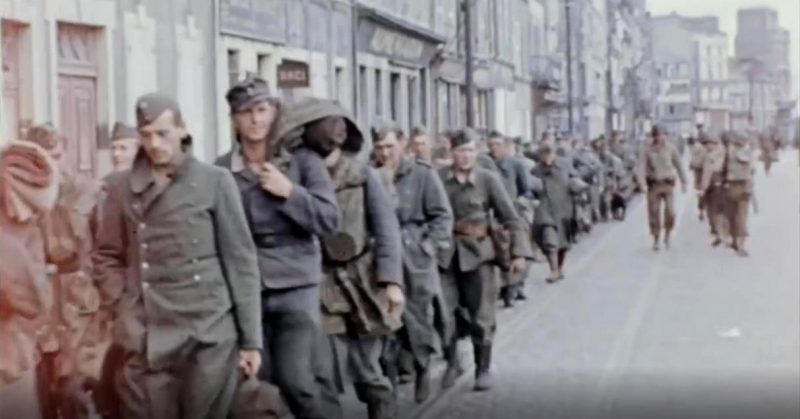Incredible colourised footage of allied troops liberating a French city shortly after landing on mainland Europe on D-Day has resurfaced this week.
Video shows American forces bringing equipment and artillery ashore at Utah beach following the successful D-Day landing of allied troops on the beaches there. Utah beach was a deep-water port at the tip of the Cotentin peninsula, and was therefore essential to hold if the Americans were to bring supplies directly from North America onto mainland Europe.
Further footage from the film shows between 16,000 and 18,000 German prisoners being escorted towards the beach after the successful allied capture of the nearby city of Cherbourg, while other clips see American soldiers throwing darts at a portrait of Adolf Hitler.
After successfully landing thousands of troops on the beaches of France on D-Day (June 6, 1944) the allies’ next task was to secure a port to allow them to transfer goods into mainland Europe from across the world. This port belonged to the city of Cherbourg, which was occupied by upwards of 20,000 German soldiers.
Over the following month the American forces slowly progressed across the Cotentin peninsula toward Cherbourg, facing little resistance as they advanced. By June 18 they had essentially isolated the city therefrom any potential reinforcements and, while several German soldiers attempted to put up a fight, resistance proved futile.
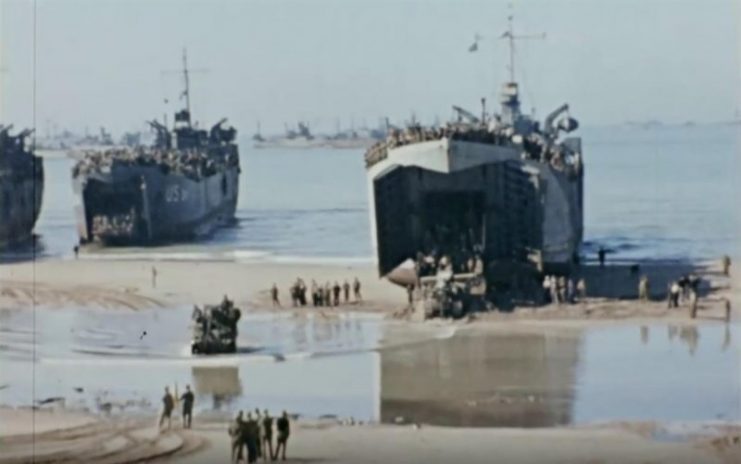
Allied command launched an offensive on the city on June 22 and, despite initially encountering some stiff opposition, by June 29 the Germans had surrendered and the German commanders had been captured.
But, despite their defeat, several German prisoners remained stubborn in defeat, confidently telling their captors that they would be ‘pushed back into the channel’ within a week. In reality the allied advance would continue all the way into Berlin a little over a year later.
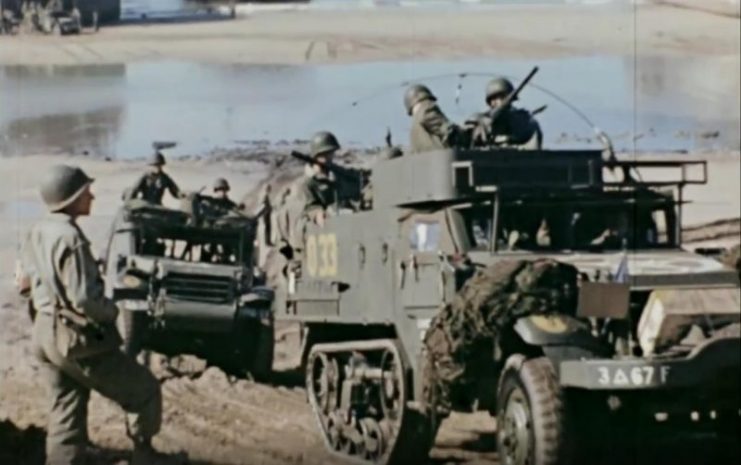
French citizens slowly began to return to Cherbourg shortly after it was liberated by the allies, and a ceremony held by the Mayor of Cherbourg shortly after the city’s liberation can also be seen in the film.
The entire area was left devastated by the Germans’ occupation, though, and it took until mid-August for the allies to begin using the port on a limited basis. However, the capture of the city did signal a comprehensive victory for the allied forces.
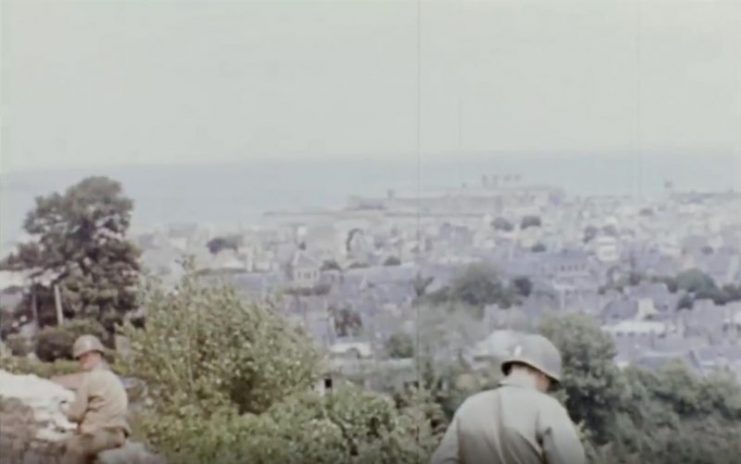
Michael D. Carroll is a journalist and author with a particular interest in historical photography.
From his base in Birmingham, UK he directs bespoke press agency mediadrumworld.com, and through his work at the agency, Michael came into contact with the thriving community of colourisors of historical images.
After placing several colourised history features into the national newspapers in the UK, he enlisted the support of this community to publish Retrographic, the first book to present a specially curated selection of iconic historical images in living colour.
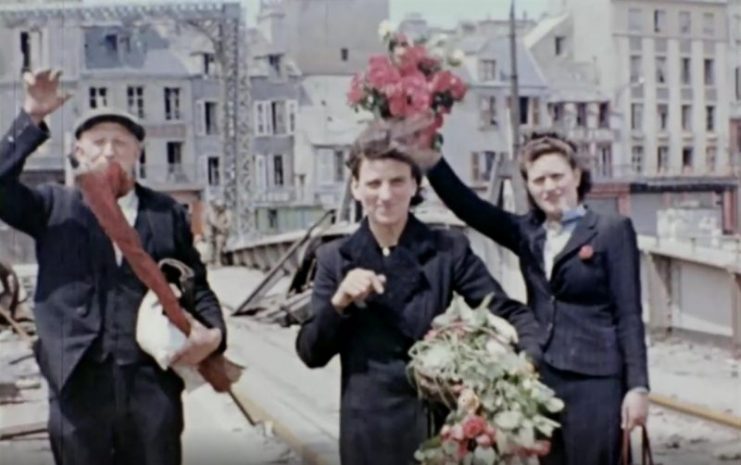
“The art of colourisation truly brings some of history’s most dramatic and momentous events vividly to life,” he says.
“Rather than just looking more pleasing to the eye, or even being more accessible to people of the Twenty First Century – colourised images are important in that they give us an insight into how these events would have appeared to the people who actually witnessed them.”
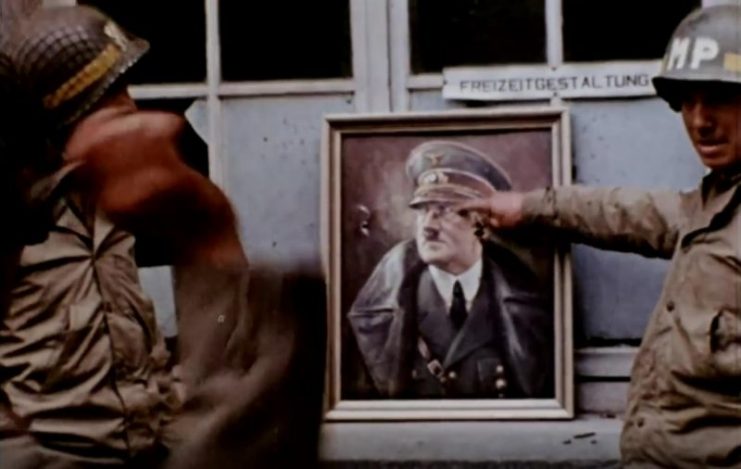
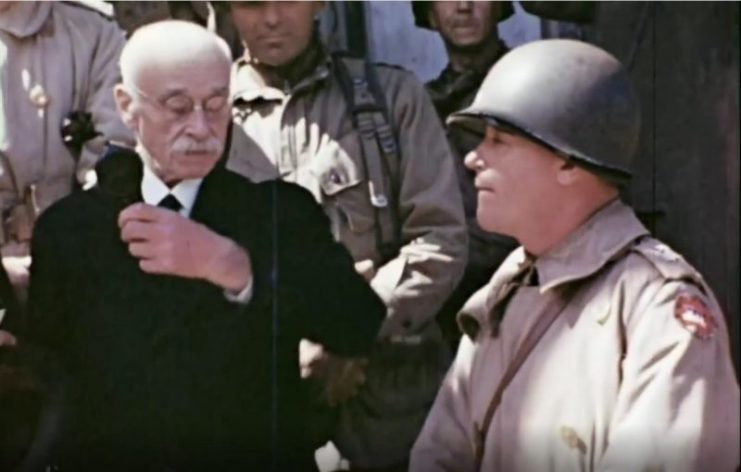
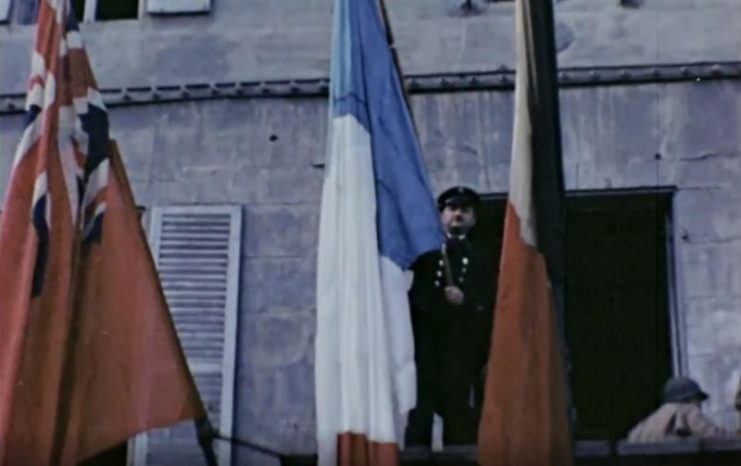
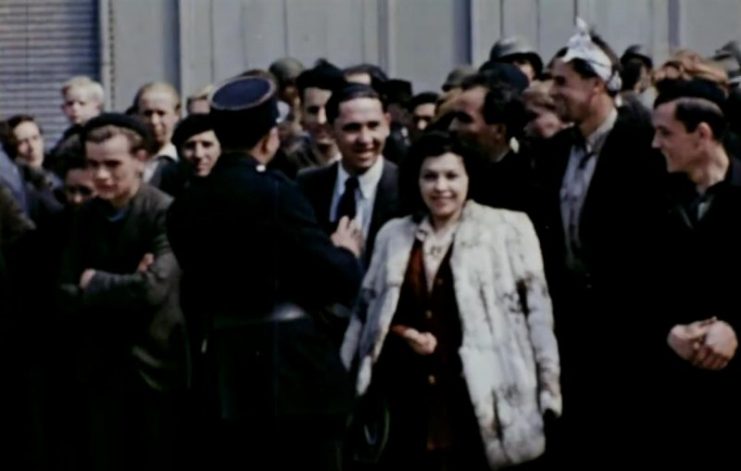
With the support of ambassadors from the world’s first society for photographers, the Royal Photographic Society, UK, images and reviews on Retrographic have been featured in newspapers and online zines, including the Daily Mail, Telegraph, Times, Fstoppers, War History Online, and ePHOTOzine.
https://www.youtube.com/watch?v=pJATFM-gZyo
The book has recently been taken into the private collection of London’s prestigious Victoria and Albert Museum, in recognition of its contribution to the history of photography.
All photos colourised by Tom Dare.
